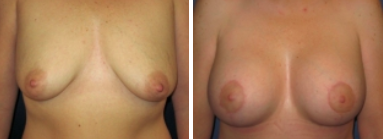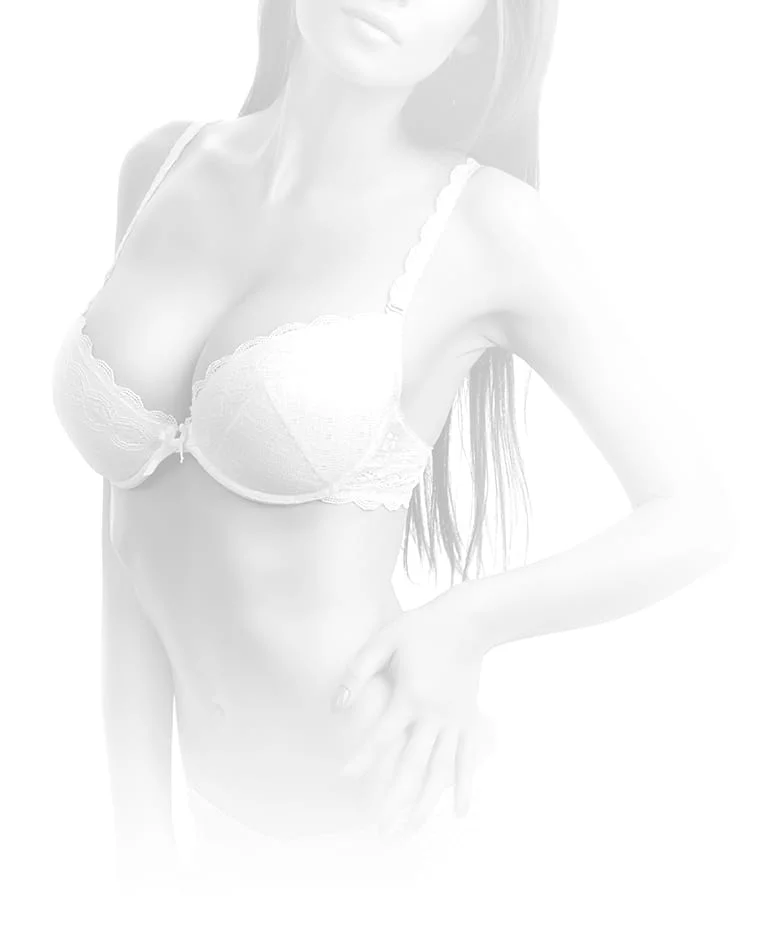Home|Blog | Levels of Breast Ptosis: How Do I Determine the Best Lift for Me?
Levels of Breast Ptosis: How Do I Determine the Best Lift for Me?
Aging, weight fluctuations, pregnancy, breastfeeding, genetics, and smoking all contribute to breast ptosis. Unfortunately, while it may be possible to lose excess fat in the breasts, there is no way to tighten excess, sagging skin and tissue without surgery. A breast lift (mastopexy) removes the excess skin, tightens the underlying breast tissue, and repositions the nipple-areola complexes to a more appropriate position.
While any level of breast ptosis (sagging) can be corrected, the techniques, including incision size and placement, depend largely on the amount of ptosis present.

What Are the Levels of Breast Ptosis?
Breast ptosis can range from mild to severe and this can be categorized into three grades. When there is no sagging present, the nipples sit above the inframammary fold typically at the point of maximal breast projection. (The inframammary fold is the crease beneath the breast where the bottom of the breast meets with the ribcage.)
Ptosis is categorized by the way the nipple relates to this fold.
- Grade 1 ptosis is considered to be mild sagging in which the nipples remain at or near the level of the inframammary fold and sit above most of the lower breast tissue.
- Grade 2 ptosis is moderate sagging where the nipples are situated below the inframammary crease but above the border of the lower breast as seen from the front or side.
- Grade 3 ptosis is severe sagging of the breasts where the nipples are actually below the anterior profile of the breasts and point downward.
Any level of breast ptosis can result in a deflated, older look that can negatively affect a woman’s confidence and self-esteem. A breast lift combats this by rejuvenating the appearance to provide a perkier and more youthful look with an improved shape.
What Are My Incision Options?
Patients Requiring Minimal Lift
Patients with minimal breast sagging may be candidates for a periareolar lift and rarely for a mini lift. A mini lift (also known as a crescent lift) uses an incision placed along only the top half of the areola and entails the removal of a small crescent of skin. The periareolar lift, also known as a donut or Benelli lift, uses concentric circular incisions around the areola to provide for a donut-shaped removal of skin in order to lift and tighten the sagging breasts.
Both of these options are designed for women who have minimal skin laxity and sagging. Their primary benefits are the fairly limited visible scarring they produce along the junction of the areolas with the surrounding breast skin. Unfortunately, they can create some undesirable deformities or irregularities of contour including flattening where the most projection is needed.
Patients Requiring Moderate Lift
For patients with grade 2 ptosis, Dr. Turkeltaub most often recommends an inverted-T (anchor shaped) incision, whereas the lollipop one is a very infrequently used “alternative” option. This latter technique involves an incision around the areola and then extending vertically down to the breast crease. This approach can improve shape and appearance in some situations but because of geometry, it is truly limited in full three dimensional correction, particularly in addressing the vertical excess, which is usually the more significant problem.
The inverted-T incision allows for a full three dimensional correction in order to yield the absolute best possible shape including of the projection. This lift is, in essence, the lollipop plus a horizontal incision in the crease at the bottom of the breast.
Patients Requiring Severe Lift
For patients with grade 3 ptosis, an anchor lift is the recommended technique as it allows for the greatest amount of control, flexibility, and accuracy in reshaping, tightening, and lifting the breasts in order to obtain the best possible results.
Many factors contribute to determining the incision approach that would be best for you. During your thorough consultation and examination with Dr. Turkeltaub, the best option for you could be selected.
If you are interested in breast lift surgery, contact Dr. Steven Turkeltaub at 480-451-3000 to set up a consultation.
